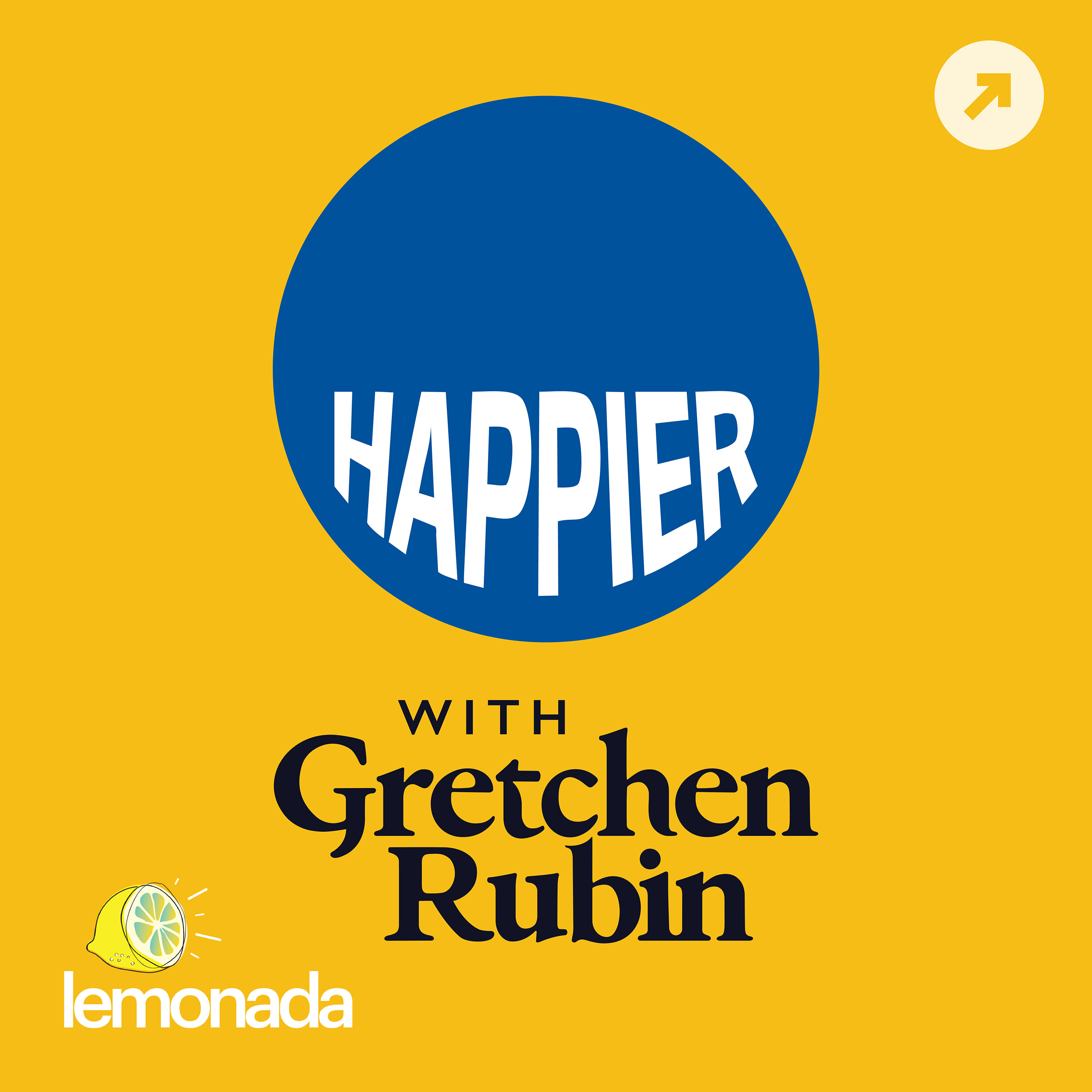
Recently, I read a book called You’re Not Listening: What You’re Missing and Why It Matters (Amazon, Bookshop) by Kate Murphy. It included a passage that I found myself going back to re-read, over and over—and I wasn’t really sure why it caught my attention so much.
You’re Not Listening is about the importance of listening—really listening. In the book, Murphy describes how she went to observe some clinicians who were being trained at how to work with parents and children. These trainees were being scored on many dimensions, including several aspects of listening, such as body position and emotional awareness. Kate Murphy recounts one session that she observed:
A clinician was seated with a mother and child at a low table in a roomful of squealing toddlers. One of the clinician’s arms was resting comfortably on the table and the other was on a chair back, creating an imaginary bubble encompassing both parent and child. The child was playing with Play-Doh, the mother was looking elsewhere, sighing and, at one point, even calling her child “weird” for playing make-believe. “Look,” the clinician said in a low voice, leaning closer toward the child and willing the child’s mother to follow. “She has an idea.” The mother suddenly looked at her toddler with interest. What was her little girl thinking?
This story moves me deeply, and I think it’s because it’s an example of how someone had the right thing to say. With a simple observation, the clinician was able to capture the mother’s interest and turn her attention in a positive way toward her daughter.
I’ve always loved to watch children when they’re thinking or playing.
I remember when my younger daughter Eleanor was just several months old, my parents came for a visit, and we all sat around talking. At one point, my mother motioned toward Eleanor, who was sitting in her bouncy seat next to my older daughter, Eliza. “Look,” my mother said, as she glanced toward Eleanor. “Look at her, she’s taking it all in.”
And so I looked, and I’ll never forget the bright, calm expression in Eleanor’s eyes as she looked around the room. She was too young to understand much—if anything—but she was so interested as she watched the faces around her.
I’m so happy that my mother helped me to notice this moment. Just like the clinician, she made me wonder, “What is my little girl thinking?” And it’s a beautiful memory.
